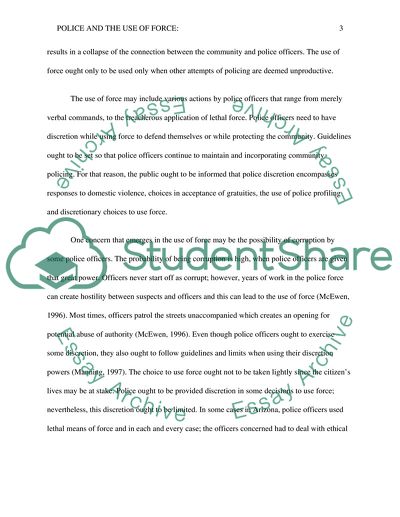Cite this document
(Police and the Use of Force Term Paper Example | Topics and Well Written Essays - 2500 words, n.d.)
Police and the Use of Force Term Paper Example | Topics and Well Written Essays - 2500 words. Retrieved from https://studentshare.org/law/1843607-police-and-use-of-force
Police and the Use of Force Term Paper Example | Topics and Well Written Essays - 2500 words. Retrieved from https://studentshare.org/law/1843607-police-and-use-of-force
(Police and the Use of Force Term Paper Example | Topics and Well Written Essays - 2500 Words)
Police and the Use of Force Term Paper Example | Topics and Well Written Essays - 2500 Words. https://studentshare.org/law/1843607-police-and-use-of-force.
Police and the Use of Force Term Paper Example | Topics and Well Written Essays - 2500 Words. https://studentshare.org/law/1843607-police-and-use-of-force.
“Police and the Use of Force Term Paper Example | Topics and Well Written Essays - 2500 Words”, n.d. https://studentshare.org/law/1843607-police-and-use-of-force.


